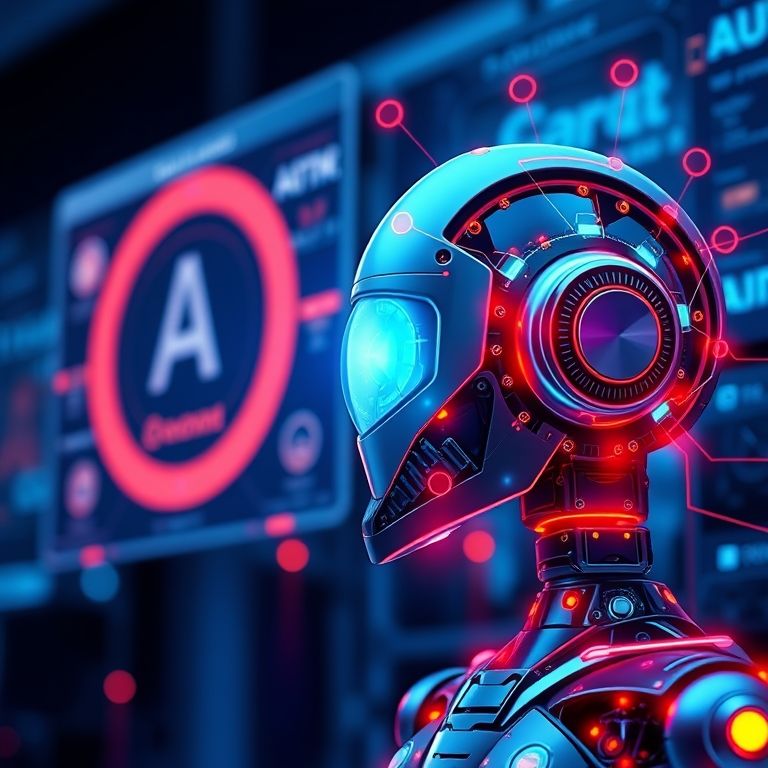
28
How to Set Up AI Marketing Automation: Step-by-Step Guide
Learn how to set up AI marketing automation in your business. Follow this step-by-step guide to streamline campaigns, personalize content, and boost ROI.
Want to save hours, boost conversions, and deliver highly personalized campaigns? Setting up AI marketing automation transforms your marketing—letting you reach the right people, at the right time, with the right message. Whether you run a small business or manage enterprise campaigns, this step-by-step guide will help you get started and unlock the full power of AI.
What Is AI Marketing Automation?
AI marketing automation uses machine learning and smart algorithms to automate repetitive tasks (like emails, social media, and lead nurturing), personalize customer journeys, and optimize marketing spend—all without manual intervention.
Step 1: Define Your Marketing Goals
Clearly outline what you want to achieve:
- Lead generation?
- Nurture existing contacts?
- Retarget lost customers?
- Increase e-commerce sales?
Having SMART goals ensures your automation setup is targeted and effective.
Step 2: Choose the Right AI Marketing Automation Tools
Look for platforms that fit your business size and needs. Top tools in 2025 include:
- HubSpot (all-in-one CRM and automation with AI) — HubSpot
- Mailchimp (AI-powered email automation and analytics) — Mailchimp
- ActiveCampaign (customer journeys, email, and SMS automation) — ActiveCampaign
- Brevo (Sendinblue) (affordable, scalable AI email/SMS automation) — Brevo
- Hootsuite (AI social media scheduling and optimization) — Hootsuite
Step 3: Integrate Your Data Sources
Connect your CRM, website, social media, and e-commerce platforms to your automation tool. Most modern tools support:
- Easy integrations (Shopify, WordPress, WooCommerce)
- API connections for custom workflows
Step 4: Map Out Automation Workflows
Sketch your ideal customer journey:
- Welcome emails after sign-up
- Lead scoring and nurturing sequences
- Abandoned cart reminders
- Social media content scheduling
- Personalized product recommendations
Use visual builders in your tool to drag-and-drop actions, triggers, and conditions.
Step 5: Personalize Content with AI
Let AI handle:
- Dynamic subject lines and copy (based on user data)
- Predictive product recommendations
- Smart send-time optimization
- Segmentation for different customer personas
Step 6: Test, Analyze, and Optimize
- Run A/B tests for subject lines, messaging, and send times.
- Use built-in AI analytics to track open rates, CTR, and conversions.
- Continuously refine your workflows based on real data.
Image: “Screenshot of an AI marketing automation dashboard with visual workflow builder” (alt: how to set up AI marketing automation dashboard example)
Common AI Marketing Automation Use Cases
- Email Campaigns: Automated onboarding, upsell, and re-engagement sequences.
- Lead Scoring: AI ranks leads based on behaviors and likelihood to convert.
- Social Scheduling: AI picks the best time and channel for each post.
- Ad Targeting: Smart segmentation and retargeting based on user interactions.
Internal Links
- Free AI Email Marketing Automation Tools
- Best AI Social Media Scheduling Tools
- AI Chatbot for Lead Generation
Conclusion
Setting up AI marketing automation doesn’t have to be complicated. Define your goals, choose the right tools, map out your workflows, and let AI do the heavy lifting. With the right setup, you’ll save time, improve targeting, and see higher ROI—starting today!
Contact
Missing something?
Feel free to request missing tools or give some feedback using our contact form.
Contact Us